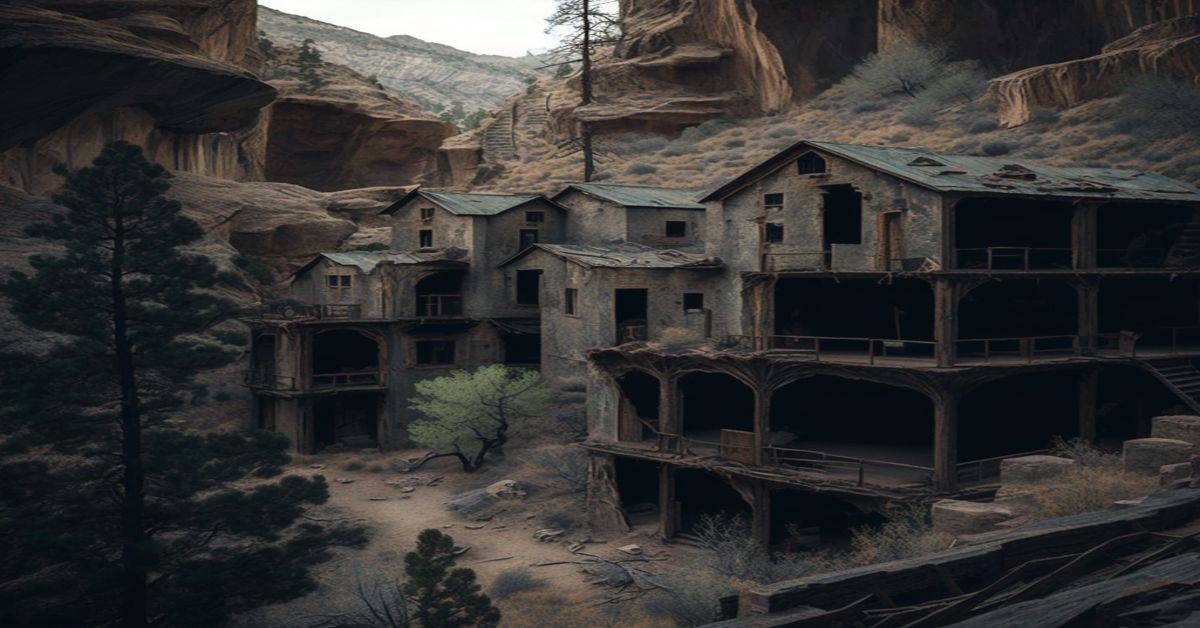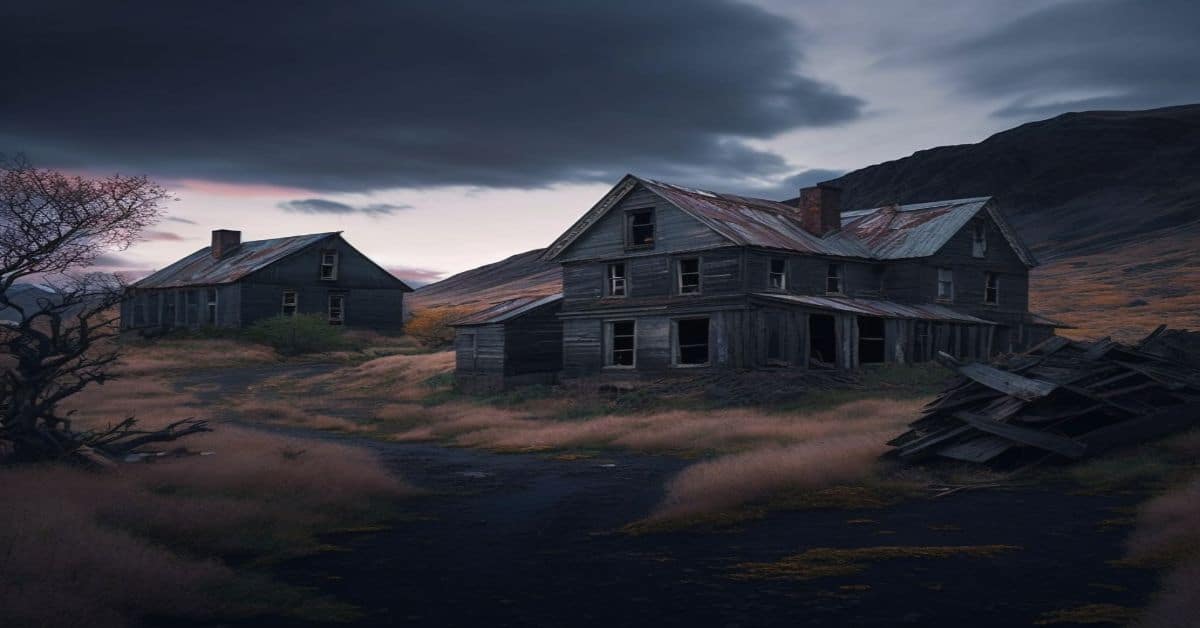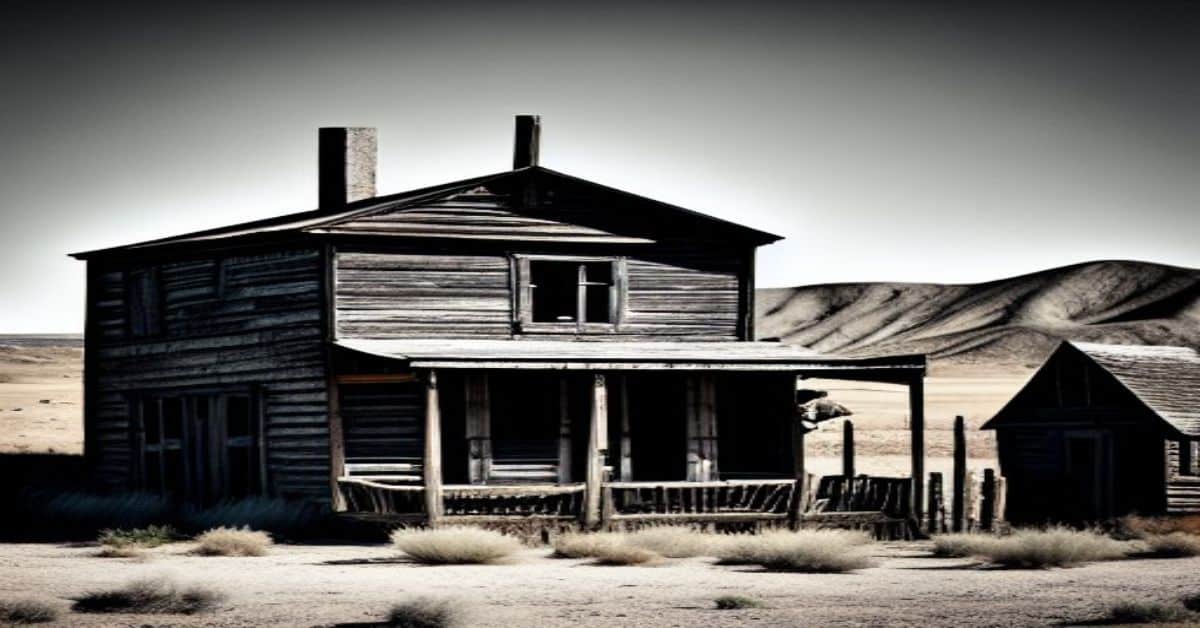The town of Eureka, located in the state of Utah, is a testament to the mining history of America’s western frontier. Founded in 1870, the town was once a thriving mining community that reached a population of around 3500 in 1910.
However, most of the mines in Eureka closed between 1930 and 1940, and the last major mine closed in 1957, leaving the town abandoned and semi-ghosted.
Despite its abandoned state, Eureka remains a fascinating destination for history buffs and ghost town enthusiasts. The town’s rich history and legacy are evident in its well-preserved buildings and structures, which glimpse a bygone era.
With its stunning location and unique heritage, Eureka is a must-see for anyone interested in the history of the American West.
This article is a guide to discovering Eureka, a Utah ghost town, exploring its location, climate, history, and legacy, and comparing it to other ghost towns in the region.
Key Takeaways
- Eureka was once a thriving mining community with a population of around 3500 in 1910, but most of the mines closed between 1930 and 1940, and the last major mine closed in 1957.
- Despite its decline, Eureka remains a fascinating destination for history buffs and ghost town enthusiasts, with its well-preserved buildings and structures offering a glimpse into a bygone era.
- Visitors to the area can explore the remnants of the old mine buildings, learn about the town’s mining history, and visit the Eureka Opera House and the Eureka Museum to see artifacts and exhibits that showcase the town’s rich history.
- Eureka’s natural beauty and historical importance make it a must-visit destination for anyone interested in the history of the American West and for outdoor enthusiasts looking to explore the area’s mountains and valleys.
Location and Climate
Eureka, a ghost town in Utah, is located along highway 6 and experiences a cool winter and warm summer climate.
The town was founded in 1870 when ore was discovered in the TINTIC Mining District, which was established in 1869 and named after a Ute Indian Chief named Tintic.
This geological significance of the area drew many miners to settle in Eureka, establishing the first permanent buildings in the town in 1871.
Apart from its historical significance, Eureka’s location and climate make it an ideal destination for outdoor activities.
The town is surrounded by beautiful mountains and valleys, which provide hiking, camping, and skiing opportunities during winter months.
Visitors can also explore the remnants of the old mine buildings and learn about the town’s mining history.
Overall, Eureka offers a unique blend of natural beauty and historical importance, making it a must-visit destination for those interested in exploring Utah’s rich cultural heritage.
History and Legacy
While some might consider it a testament to the perseverance of early settlers, the legacy of Eureka’s mining industry is a reminder of the environmental and economic impacts of extractive industries in the American West.
The town was founded in 1870 after the discovery of ore in the Tintic Mining District, named after a Ute Indian Chief. Eureka quickly grew to become the 9th largest city in Utah by 1910, with a population of around 3,500.
However, most of the mines in Eureka closed between 1930 and 1940 due to water and low prices, and the last major mine closed in 1957. Today, the town is considered semi-ghost and serves as a reminder of the boom and bust cycles that characterized mining towns in the West.
Despite the mining industry’s decline, Eureka still has some notable landmarks that showcase its history. The Eureka Opera House, built in 1890, is one of the town’s most recognizable buildings and served as a center of entertainment for residents during the town’s heyday.
The Eureka Museum, which is housed in the former Eureka City Hall and Fire Station, contains artifacts and exhibits that showcase the town’s rich history, including its mining heritage. While the economic impact of the mining industry on Eureka has waned over time, these landmarks serve as a reminder of the town’s past and the role that mining played in shaping its identity.
Visiting and Comparison
Visitors to the area can explore the historic landmarks and museums in Eureka, a once prosperous mining community in Utah. The town has a rich history that is still visible in the preserved ruins of its once-thriving mining industry. Exploring these ruins provides a glimpse into the lives of the miners who worked in the town’s numerous mines, and the local legends that have been passed down through generations.
Compared to other former mining towns in the American West, Eureka is a semi-ghost town with a small population. Its unique status makes it an interesting destination for history enthusiasts and those interested in abandoned places.
Visitors can also compare Eureka to other former mining towns in the region, such as Jerome, Arizona. Despite its semi-ghost status, Eureka still attracts visitors who are drawn to its history, natural beauty, and unique charm.
Frequently Asked Questions
What specific types of ore were discovered in Eureka?
Ore types such as silver, lead, zinc, and gold were discovered in Eureka, Utah in 1870, leading to the establishment of mining techniques and economic growth. However, the decline in prices and water supply caused job loss and closure of mines in the 1930s and 1957.
How did the closure of the mines affect the local economy and population of Eureka?
The closure of the mines in Eureka significantly impacted the community’s economy and job opportunities. Most of the mines closed between 1930 and 1940, leading to a decline in the population and a loss of employment opportunities.
Are there any preserved buildings or structures in Eureka that visitors can explore?
Preserved architecture in Eureka holds historical significance, giving visitors a glimpse into the town’s past. Buildings like the Eureka Opera House and City Hall offer insight into the town’s once-thriving mining industry.
What is the current population of Eureka?
Eureka’s current population statistics and demographic changes are not provided in the context. However, objective, analytical research can reveal the town’s current population figures and demographic shifts, which can be analyzed and interpreted for further research.
Are there any notable events or festivals that take place in Eureka throughout the year?
There is no indication of any notable events or festivals that take place in Eureka throughout the year. However, visitors can explore local attractions and dining options while enjoying the town’s history and architecture.


